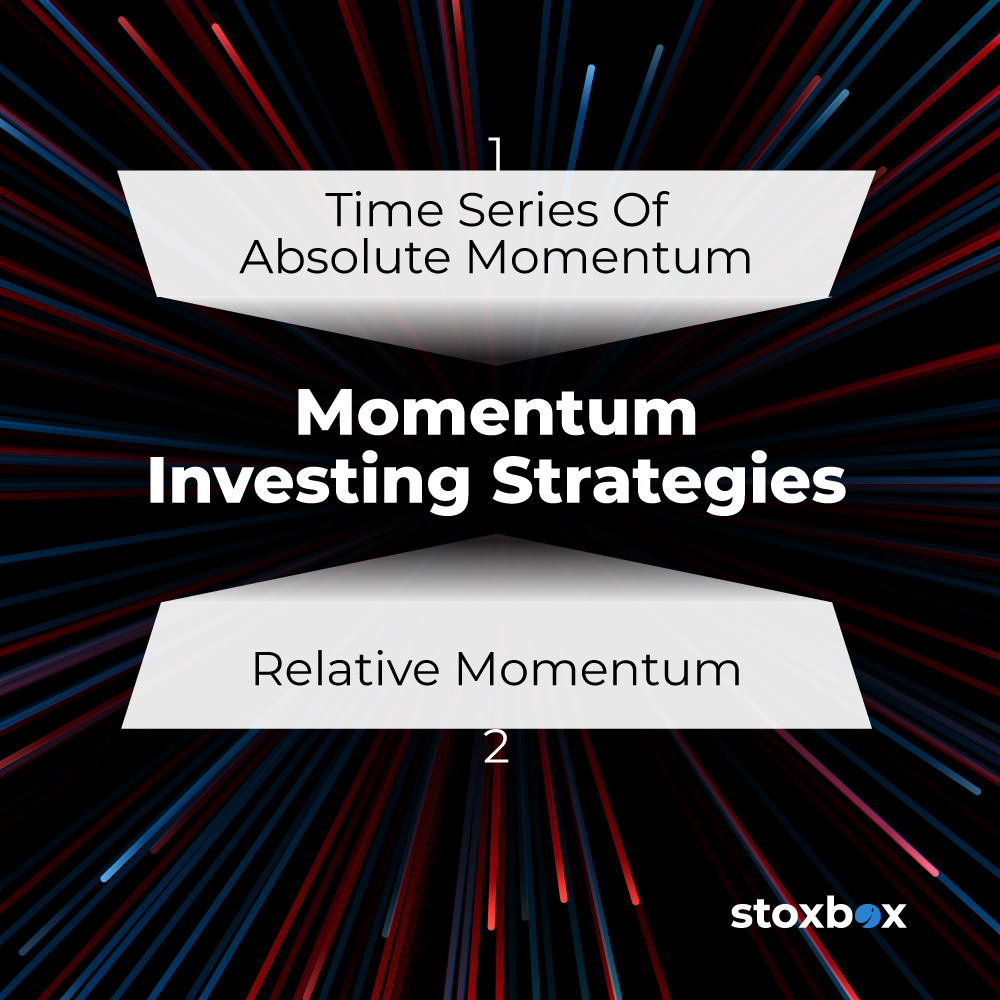Make the trend your friend with momentum investing
Investing legend, and the man commonly known as the father of momentum investing’, Richard Driehaus said that investors need to frequently challenge conventional wisdom, as opportunities for truly attractive investments are often not obvious.
When you learnt Newton’s second law of motion which said that the quantity of motion of a moving body is measured as a product of mass and velocity it is highly unlikely that you would have in any way considered it as an opportunity to make attractive investment returns. Yet, here we are today, discussing how momentum can help us create a winning investment strategy. Now, if we were to jump from physics to English, we would learn that the term ‘momentum’ is varyingly described as impetus, force, power or strength. This is where momentum starts becoming more relatable to investing. Perhaps, a little more obvious in terms of how it can help investors generate attractive returns.
Momentum investing: The secret that everyone knows
If there is a successful investing strategy that has historically worked and persisted as a relatively reliable money-maker, it is the momentum investing strategy. While conventional investing wisdom dictates that you should buy low and sell high, the momentum investing strategy tells us that we should buy stocks that are moving up and then hold them in anticipation of prices moving further up. The opposite also holds true, i.e., short-sell or use derivatives to sell stocks that are falling in anticipation of a further fall. The momentum investment strategy is built on the assumption that if a financial asset, like a stock, is showing strength, then it is likely to exhibit strength in the foreseeable future. Alternatively, if a financial asset is showing weakness, then it is likely to remain weak in the near future. The idea is that winners will remain winners and losers will remain losers, at least in the near term. Momentum investing strategy is also known as relative strength investing.
Momentum investment strategies

There are primarily two types of momentum investing strategies. One is time-series or absolute momentum and the other is relative momentum.
- Time series of absolute momentum: As per this strategy, you should compare the current performance of stock with its historical performance. The first step would be to create and rank a list of shares based on their past 12-month performance to identify the stocks that have rallied the most. Next, you could identify a certain profit percentage as a threshold and buy the stocks that exceed that threshold.
- Relative momentum: This entails comparing the performance of the stock with other stocks in the sector or industry. If the stock concerned has performed better than its peers over a select time-period, then it can be considered as a good buy.
Inevitably, momentum investing has certain advantages and risks associated with it. The best part of this strategy is that it entails buying stocks that are already moving up. So, you do not need to identify undervalued assets and then wait for markets to realise this fundamental value in order to make profits. On the other hand, the investment decision is based purely on price movement and reflects the behaviour of other market participants. There is no guarantee that such behaviour will continue to persist and push stock prices.
Making the best of the momentum investing strategy
As is evident, while momentum investing works very well in trending markets where stock prices are moving in one direction, it can have higher levels of risks in volatile markets. Instead of going through the process of identifying stocks that are trending and then finding the right time to enter these stocks in order to capture the remainder of the move, you can choose to simply invest in the Momentum 500 StoxBox. This curated portfolio aims to capture the risk premium that arises out of pre-defined momentum factors that have been selected using a proprietary algorithm selected after evaluating multiple options over 2 business cycles of beta neutral performance. So, in addition to price, the StoxBox has identified several other factors that can measure and indicate momentum.
Always remember, the trend is your friend.
You might also Like.
No posts found!

